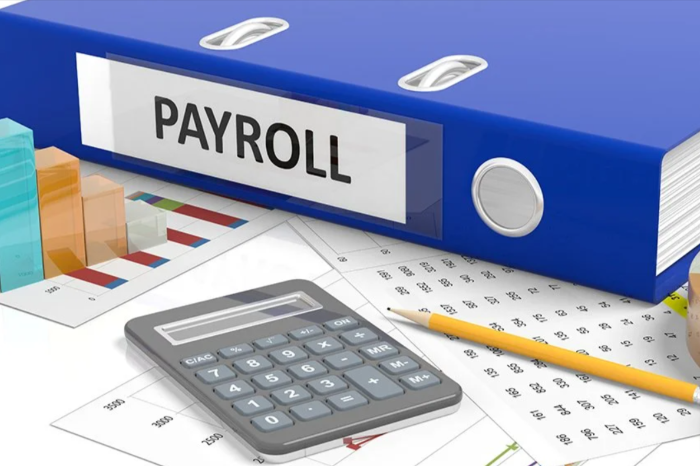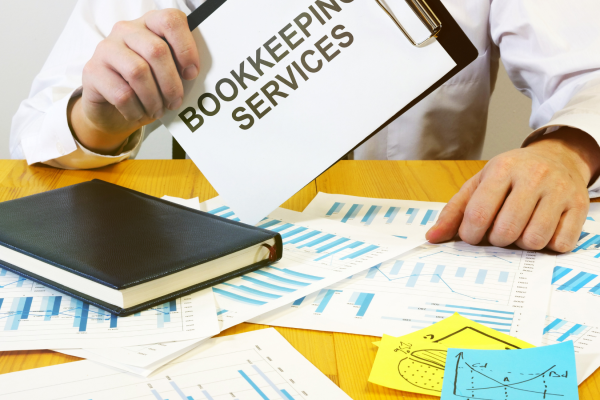A garnishment withholds an employee’s disposable earnings based on federal and state laws. It applies to payments after legally required deductions like taxes, union dues, and retirement contributions. It is important to know how to handle payroll garnishments and integrate them into your standard payroll process. You’ll need to keep records of all withholdings, remittances, and correspondence for compliance purposes.
Table of Contents
What is a Garnishment?
Garnishments are when a creditor or government agency legally asks an employer to withhold part of an employee’s paycheck and give it to them. This portion of an employee’s pay usually goes to pay off a debt, such as child support, alimony, student loans, or taxes. When a garnishment order is received, the employer must follow instructions about how much to withhold and where to send it. Depending on the type of debt, you may also have to provide employees with instructions for protesting the garnishment. The total earnings remaining after legally mandated deductions are taken out for federal and state taxes, Social Security, Medicare and worker’s compensation. Other deductions, such as voluntary wage assignments, union dues and contributions to savings bonds, are not included in disposable earnings. While garnishments only happen sometimes, every employer, regardless of size or industry, should be familiar with the garnishment process so they can handle it properly if it ever occurs. Employers need to have a payroll process in place that’s easy to follow, such as partnering with professional garnishment managed services. Wage garnishments are a few forms of legal action creditors can take against an employee, along with liens that seize bank accounts and financial assets.
What are the Rules for Garnishments?
Many small and large employers must deal with wage garnishments from time to time. While they may not be the most pleasant aspect of your payroll duties, you must follow the rules to avoid penalties. When you receive a court order that begins garnishment, please read it carefully to determine when the withholding will start and how much will be taken. Also, check the maximum garnishment amounts in your state and federal law. In addition, some types of debts have priority over others. Once the garnishment starts, it will continue until the debt is paid or otherwise resolved. Your employee should be told how much will be withheld each pay period, which should be indicated on their pay statement.
Additionally, your employees must be said to have the right to a hearing to contest the garnishment. When a garnishment is placed on an employee, you must ensure the amount withheld does not exceed 25% of their disposable earnings, which is the total left over from all mandatory deductions. It is also your responsibility to let your employees know they can request a hearing on the garnishment and contact the creditor to enter into a voluntary repayment schedule.
How Can I Prepare for a Garnishment?
Wage garnishments are a normal part of life, and they can come about when people owe mandatory payments (like child support or alimony), federal student loans or taxes, or credit card debt. Luckily, there are things you can do as an employer to prepare for garnishments so that you are ready to comply with the rules when they occur. First, make sure that you have a copy of the garnishment order that has been sent to you from the creditor. It should include specifics on how much is owed, instructions about how it was calculated, and where to send the payment. This information should also be clearly stated on the employee’s pay stub, along with any other legal deductions that may be required. Once a garnishment is in place, the creditor must notify you and the employee each month of the amount paid. The statement should also show how the creditor applied the payments to the principal, costs and interest owed by the judgment debtor. It should be provided to you as an employer, and it should also be provided to the employee for their records. Wage garnishments can be time-consuming and complicated, especially for businesses that run payroll by hand. Working with a dependable advisor familiar with human capital management’s complexities can make your garnishment procedures more understandable and effective.
How Can I Avoid a Garnishment?
Wage garnishment is a distressing situation for any employee, but there are ways to avoid this from happening in the first place. Creditors are required by law to notify employees of wage garnishment in writing, and HR and payroll departments need to communicate this information with their employees as soon as possible. This way, the appropriate amount can be withheld from the paycheck and remitted to the creditor.
Additionally, it is a good idea to encourage employees to speak to their creditors or collection agencies directly to discuss a payment plan. If an employee can prove that they are experiencing financial hardship, it may be possible to have the garnishment lessened or even stopped entirely. Another thing that employees can do to protect themselves against wage garnishment is to challenge the judgment on several different grounds. For example, they can argue that the court or creditor must follow proper procedures when obtaining the garnishment or that they do not owe the debt. To do this, they must submit a claim of exemption and a financial statement (or something similar) to the court or creditor to request that they be removed from the garnishment list. They will also be required to appear at a hearing for this.





